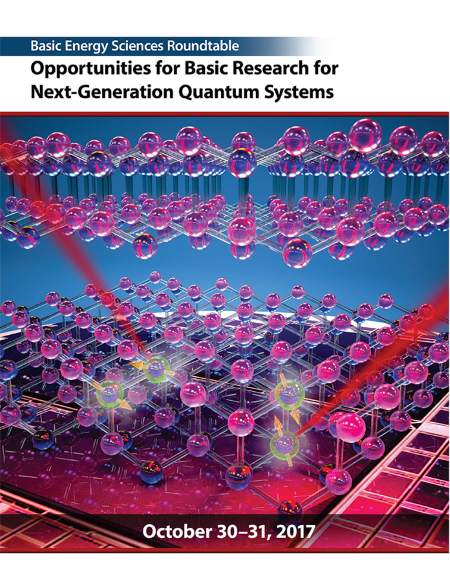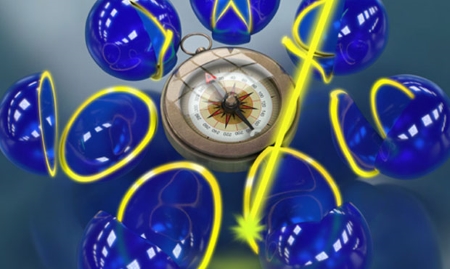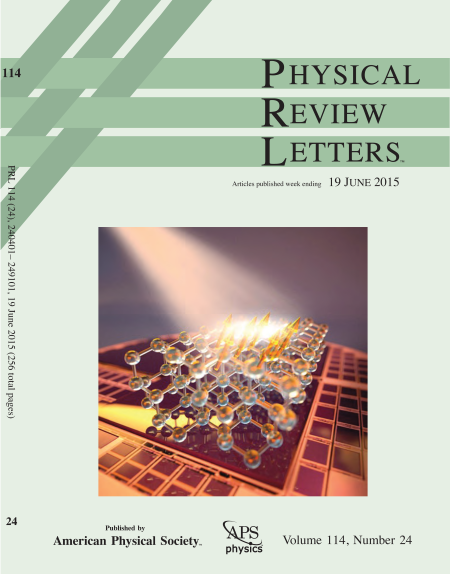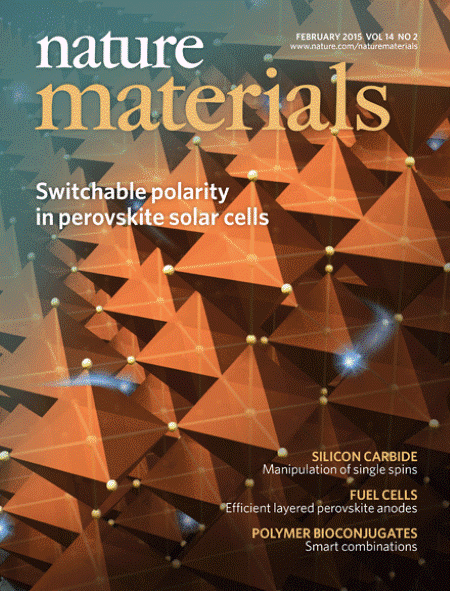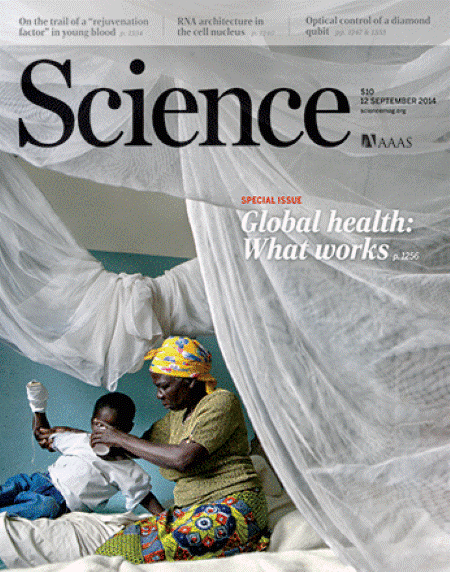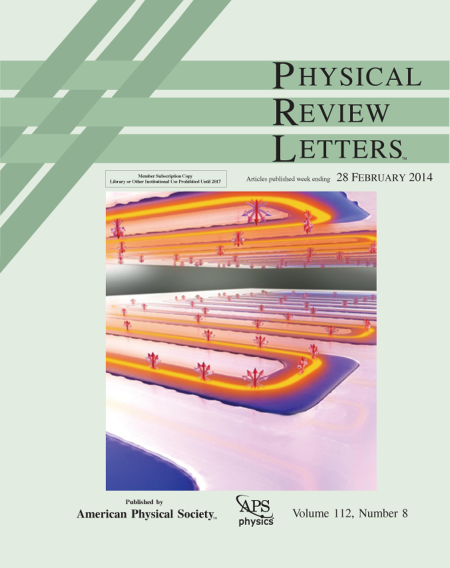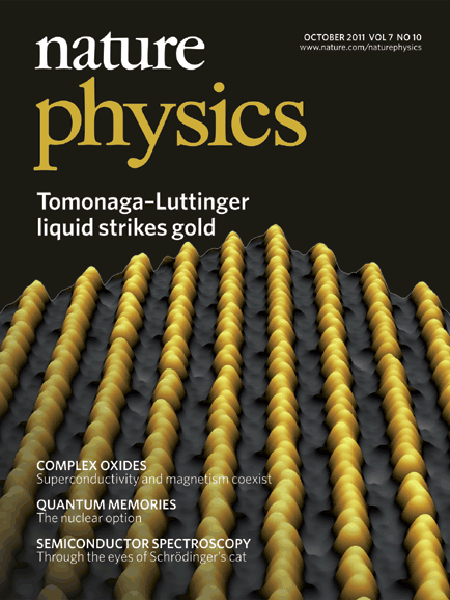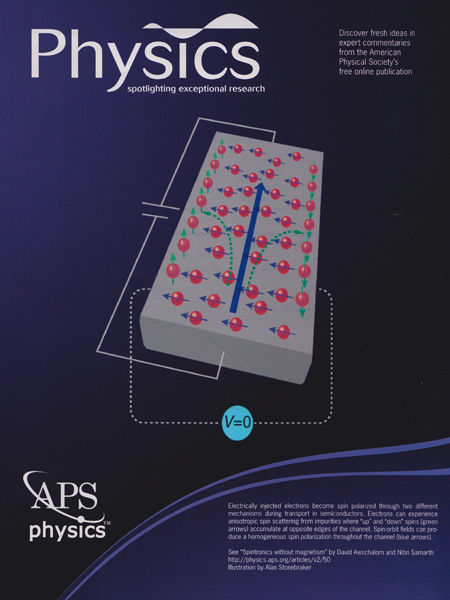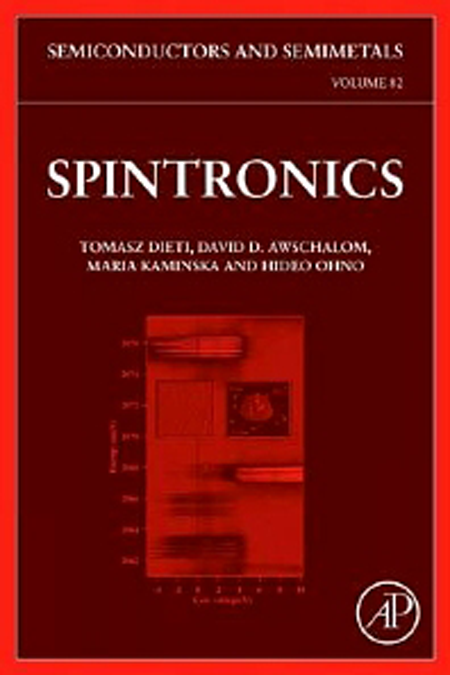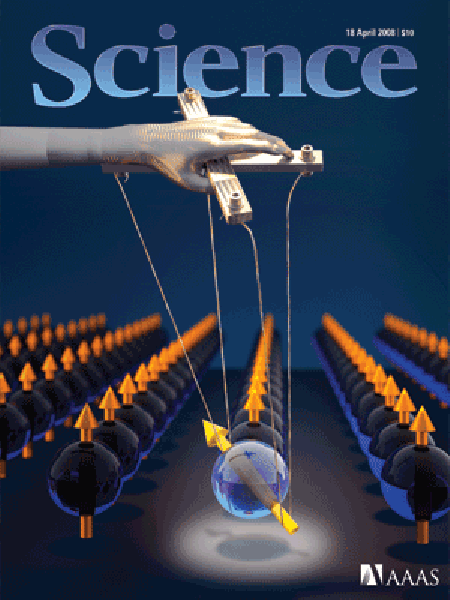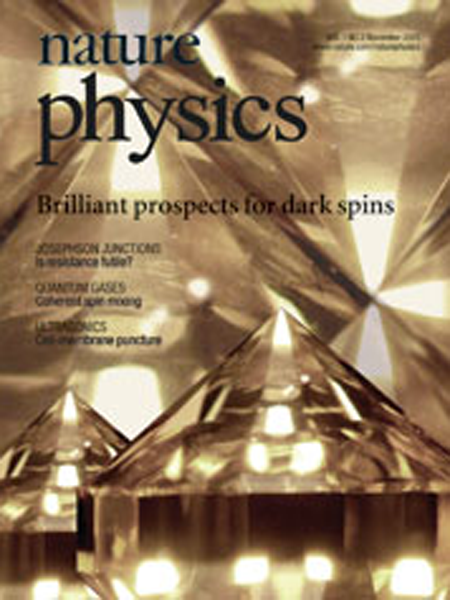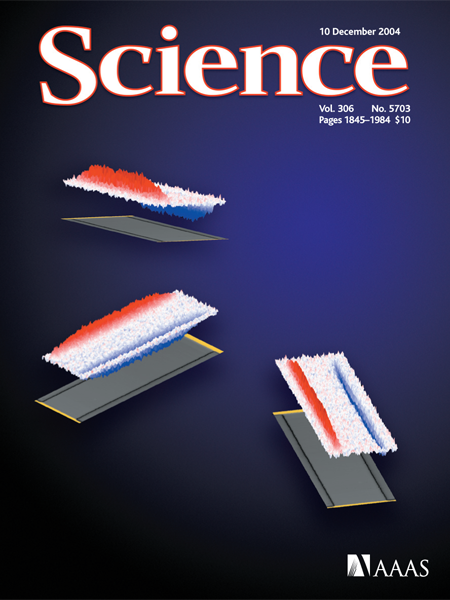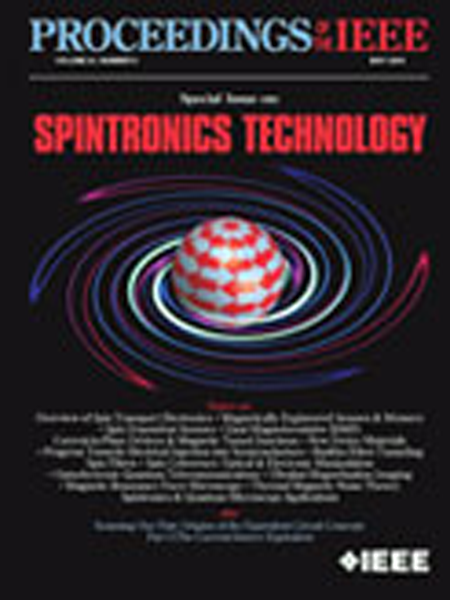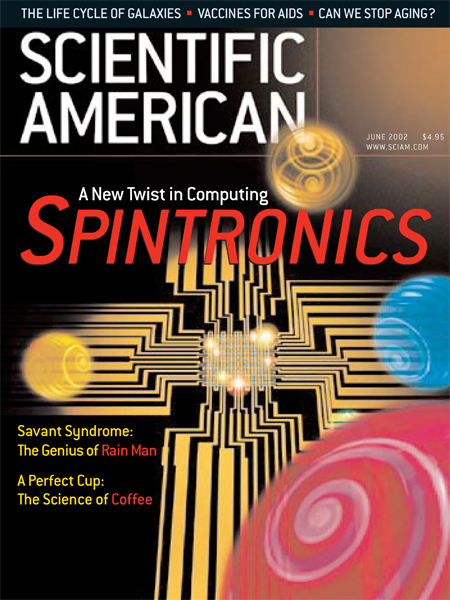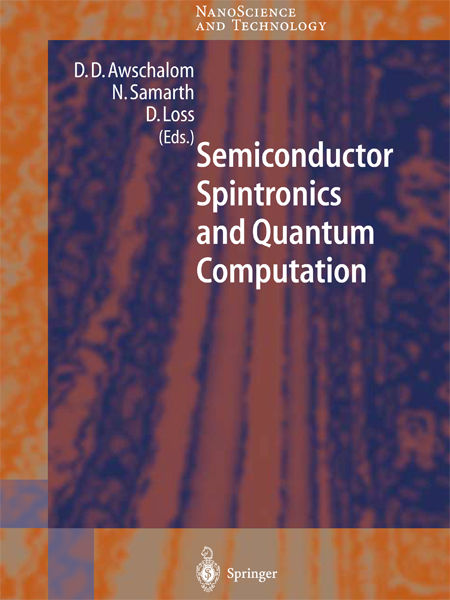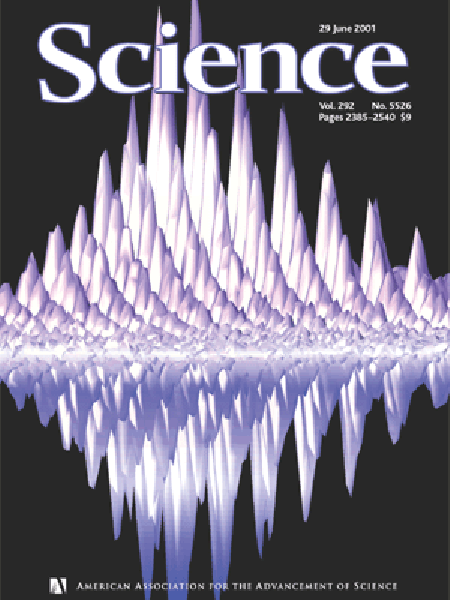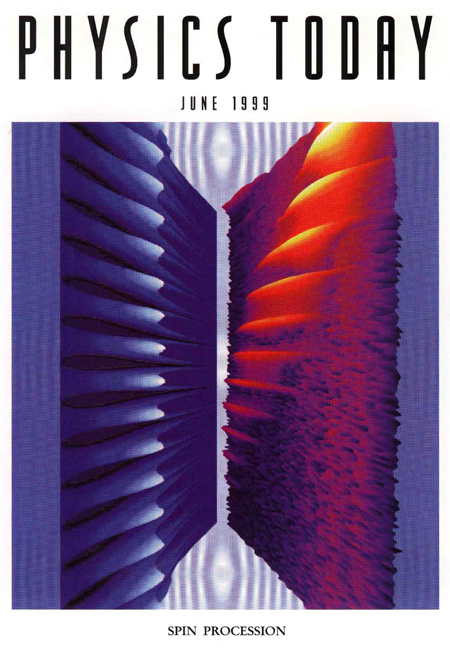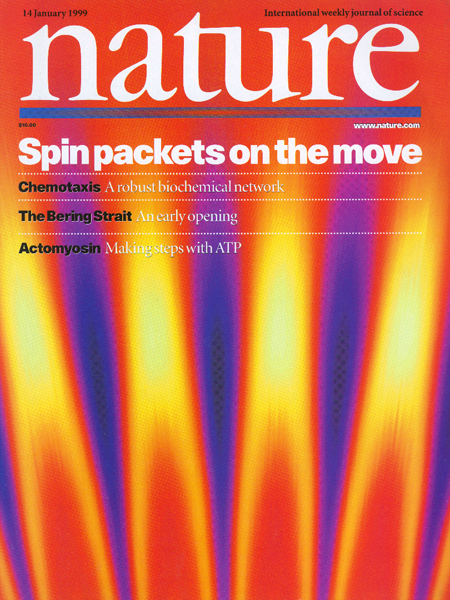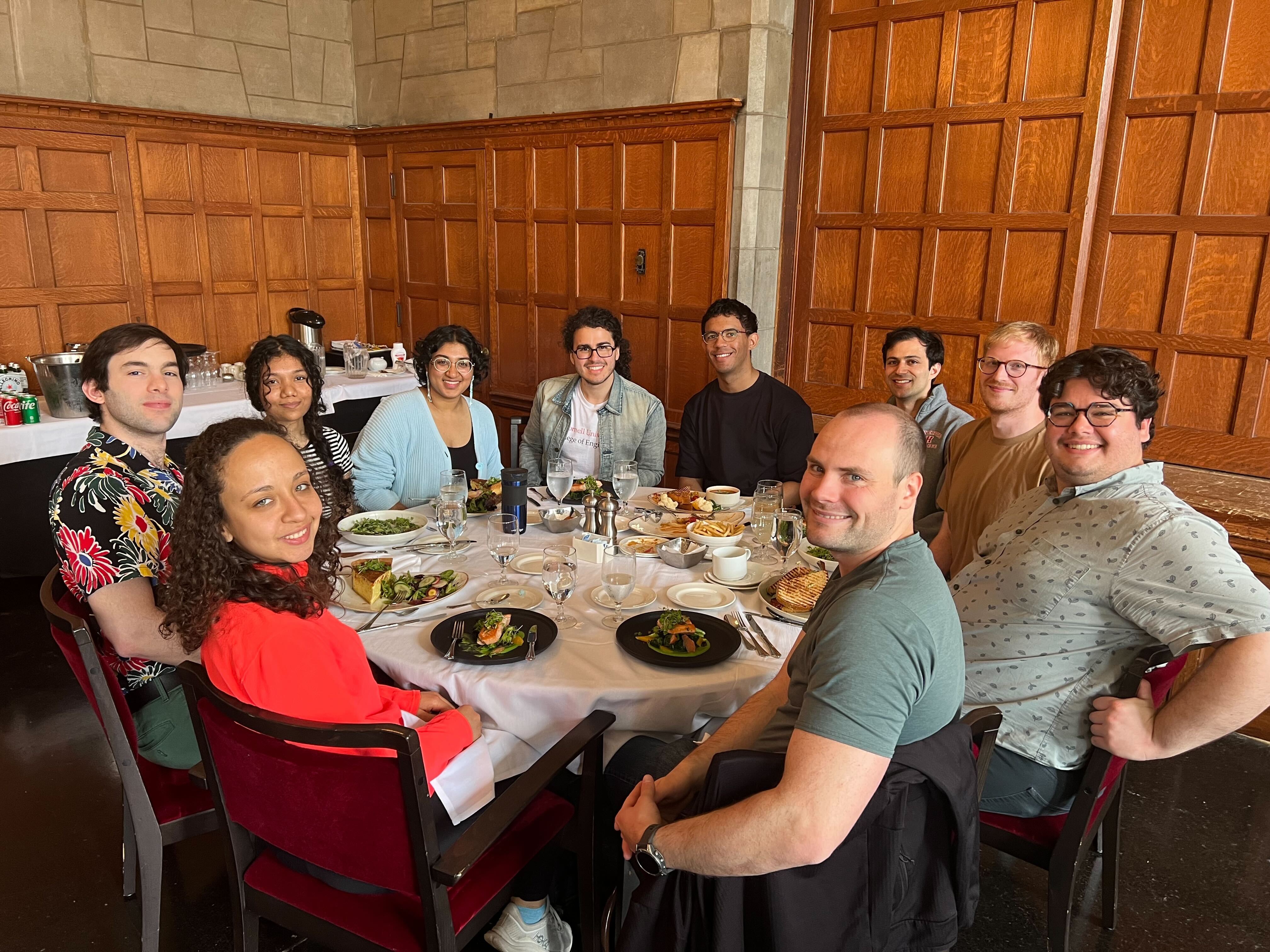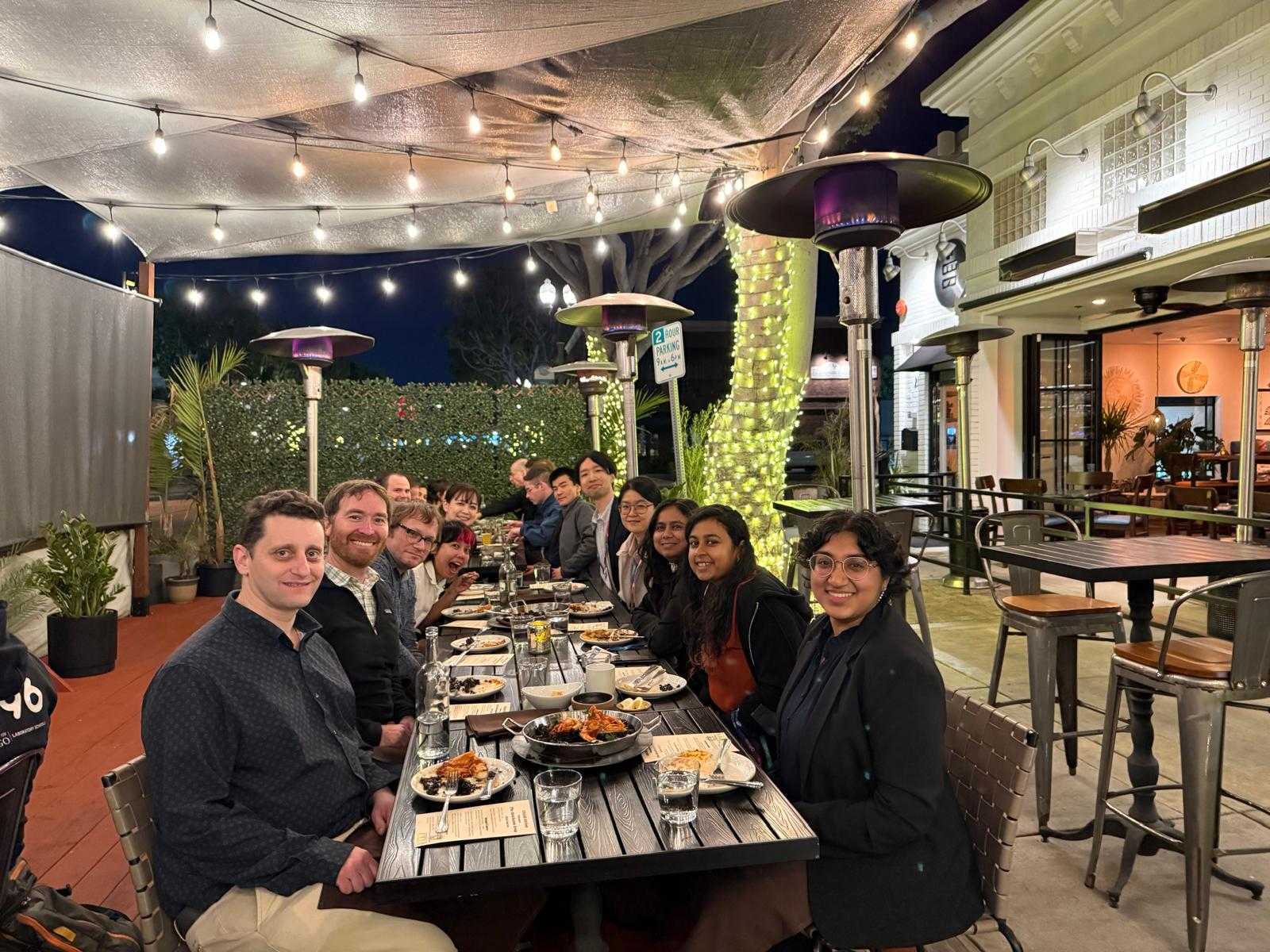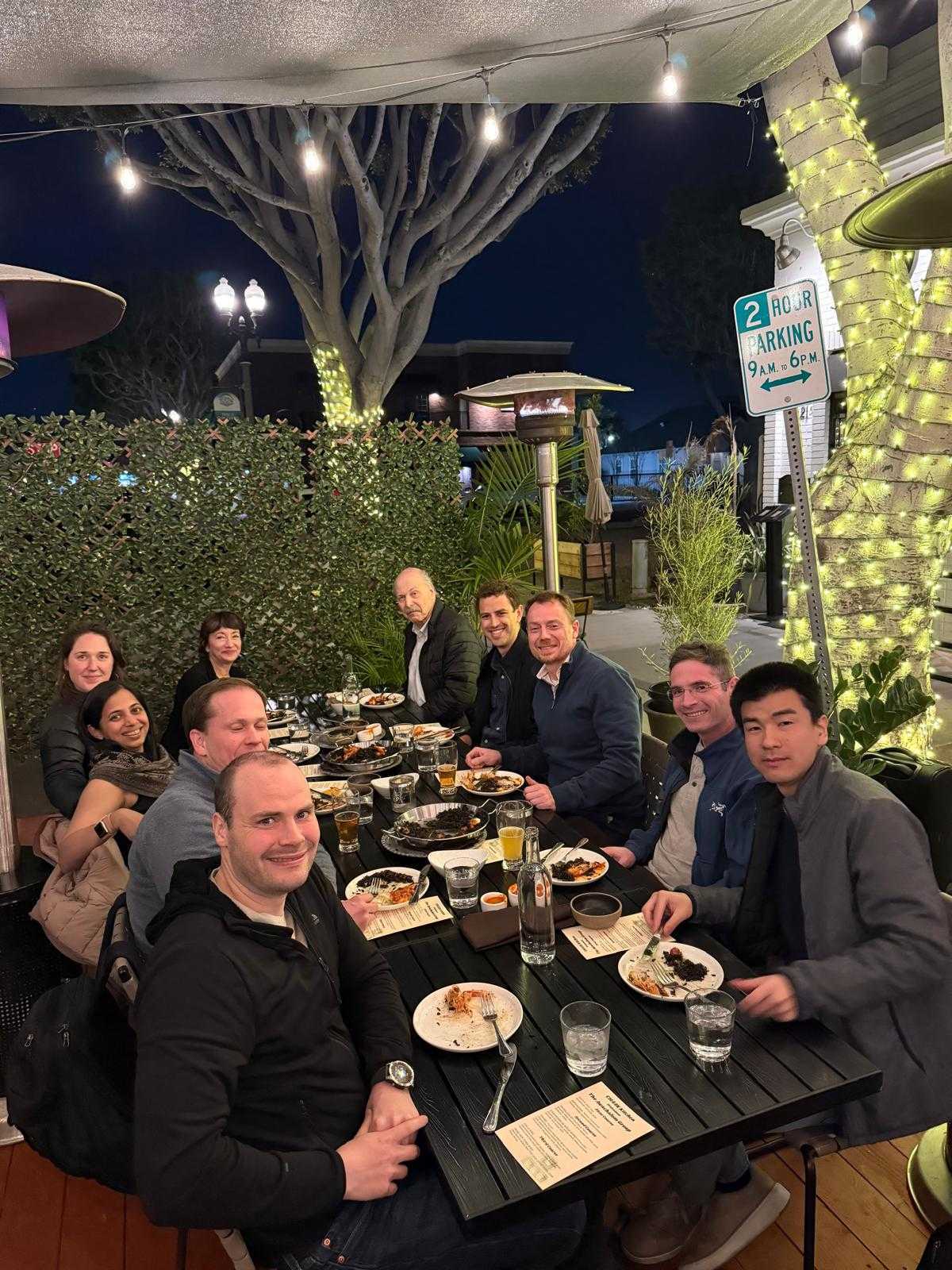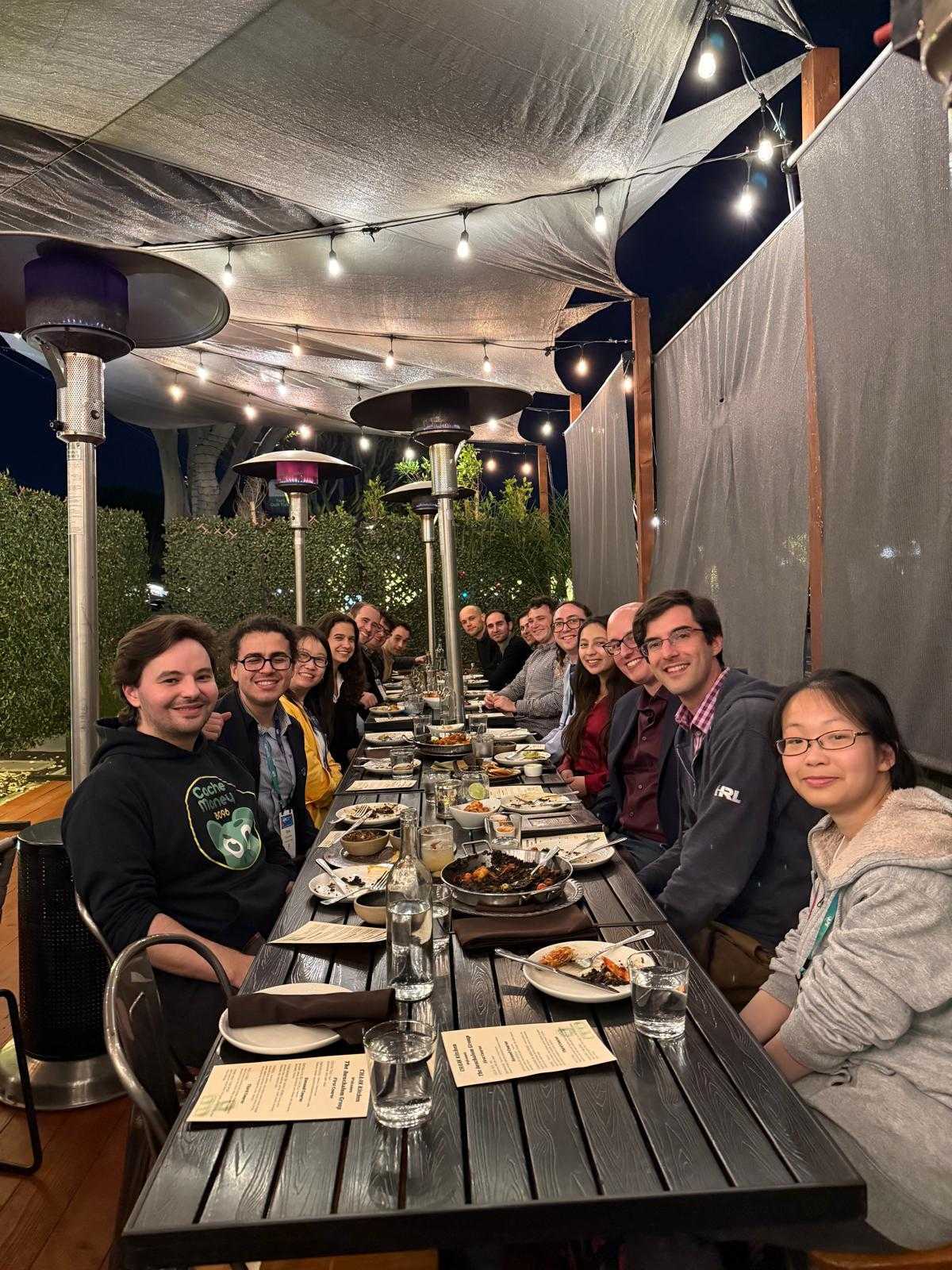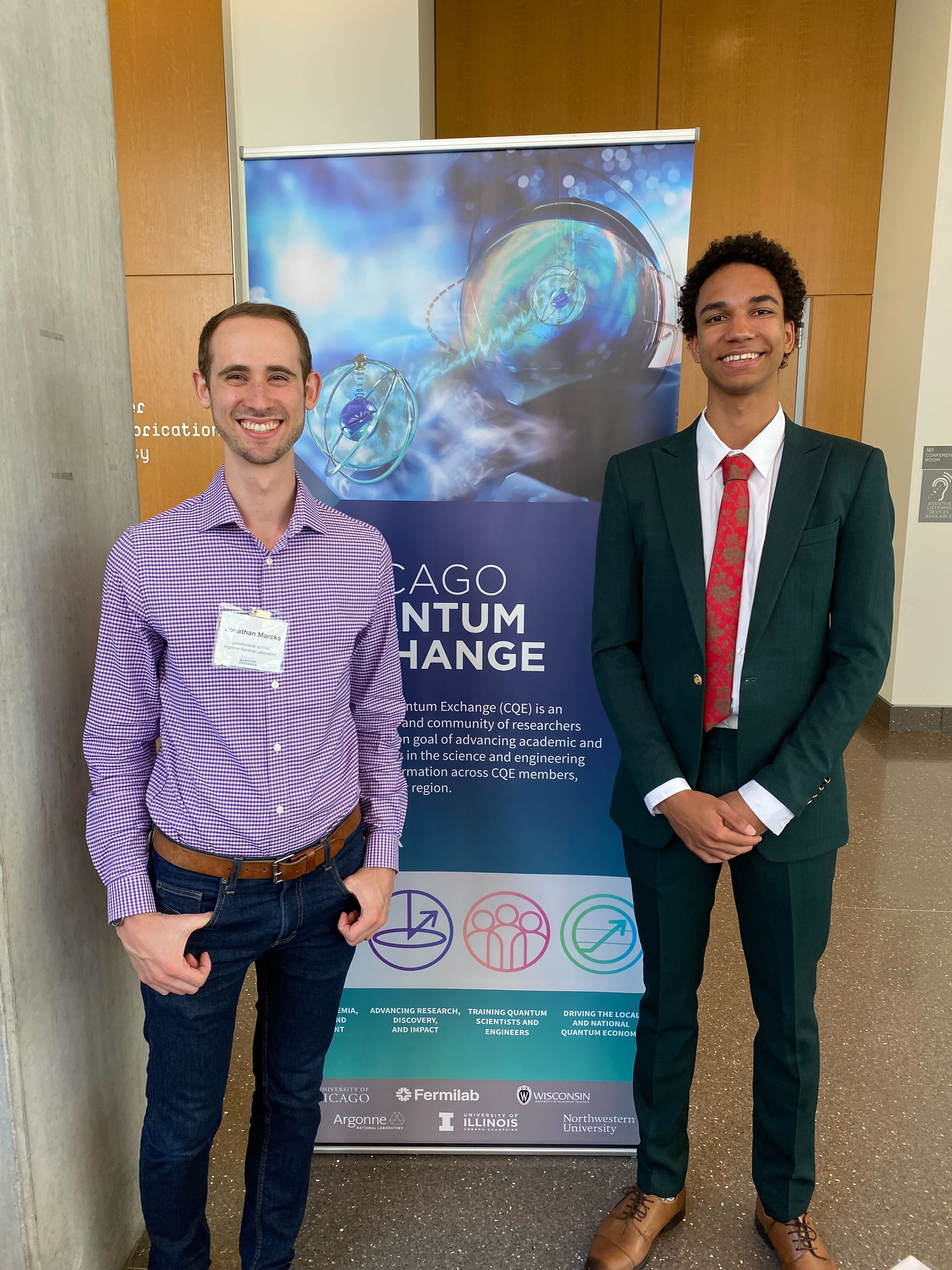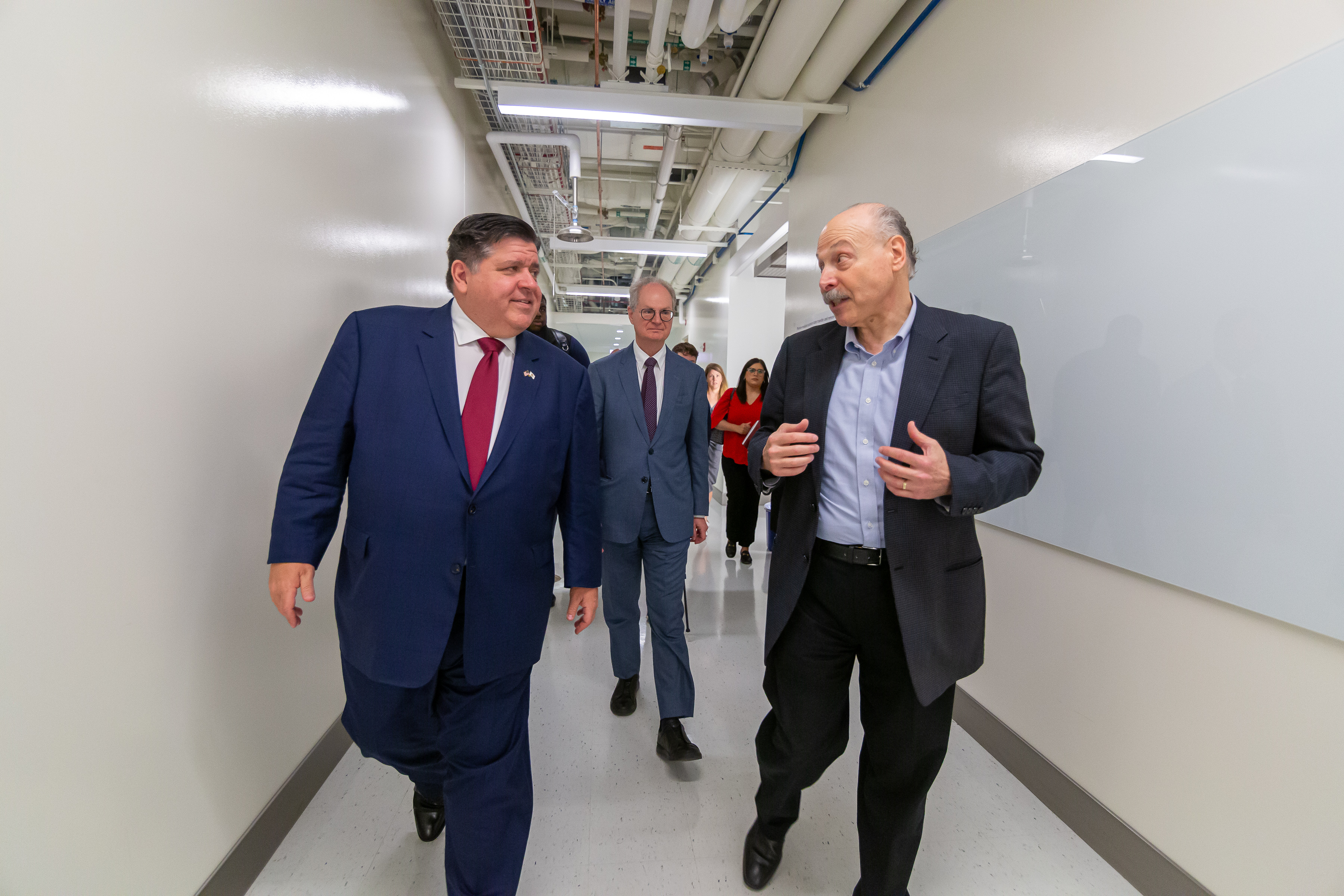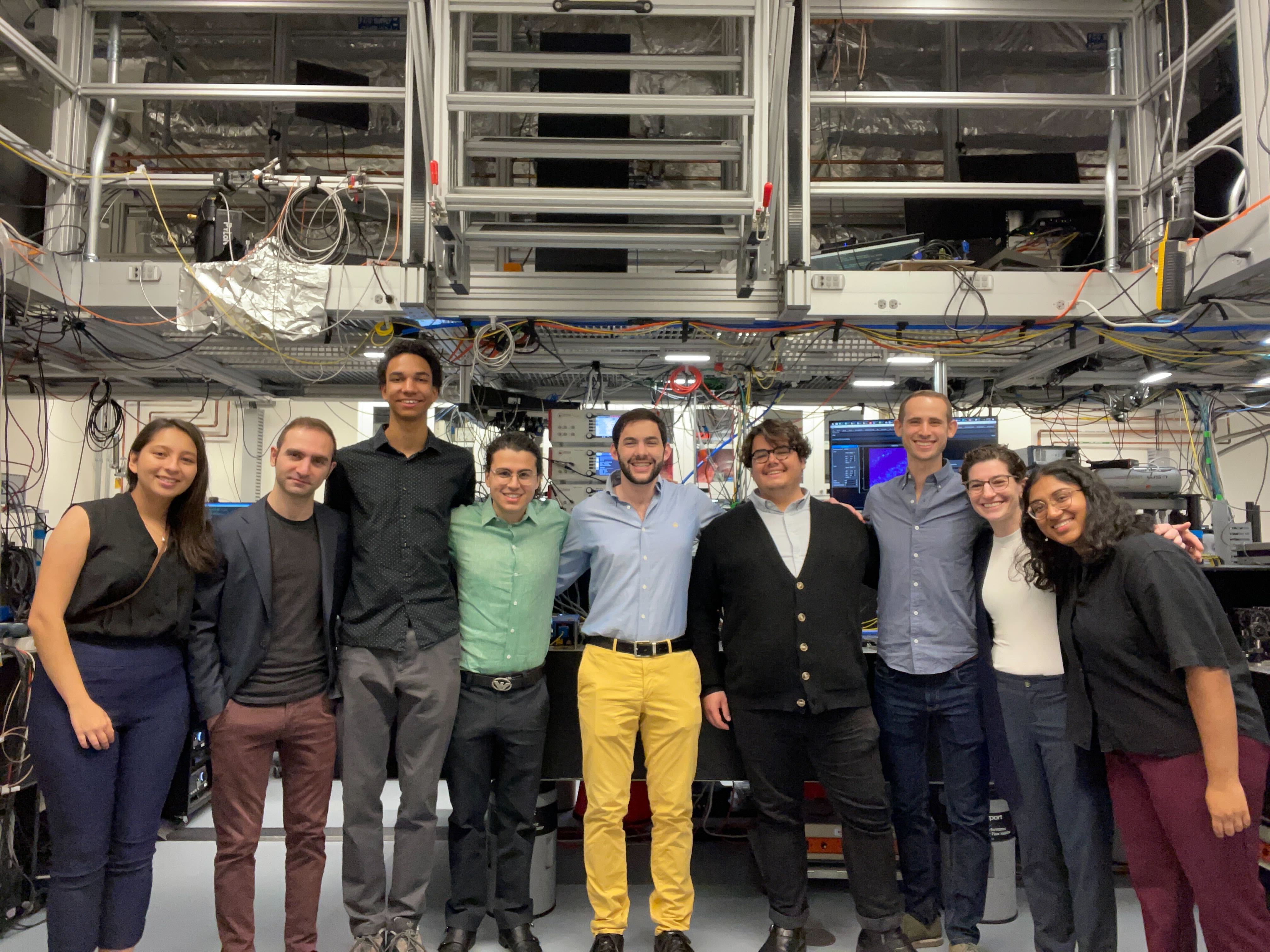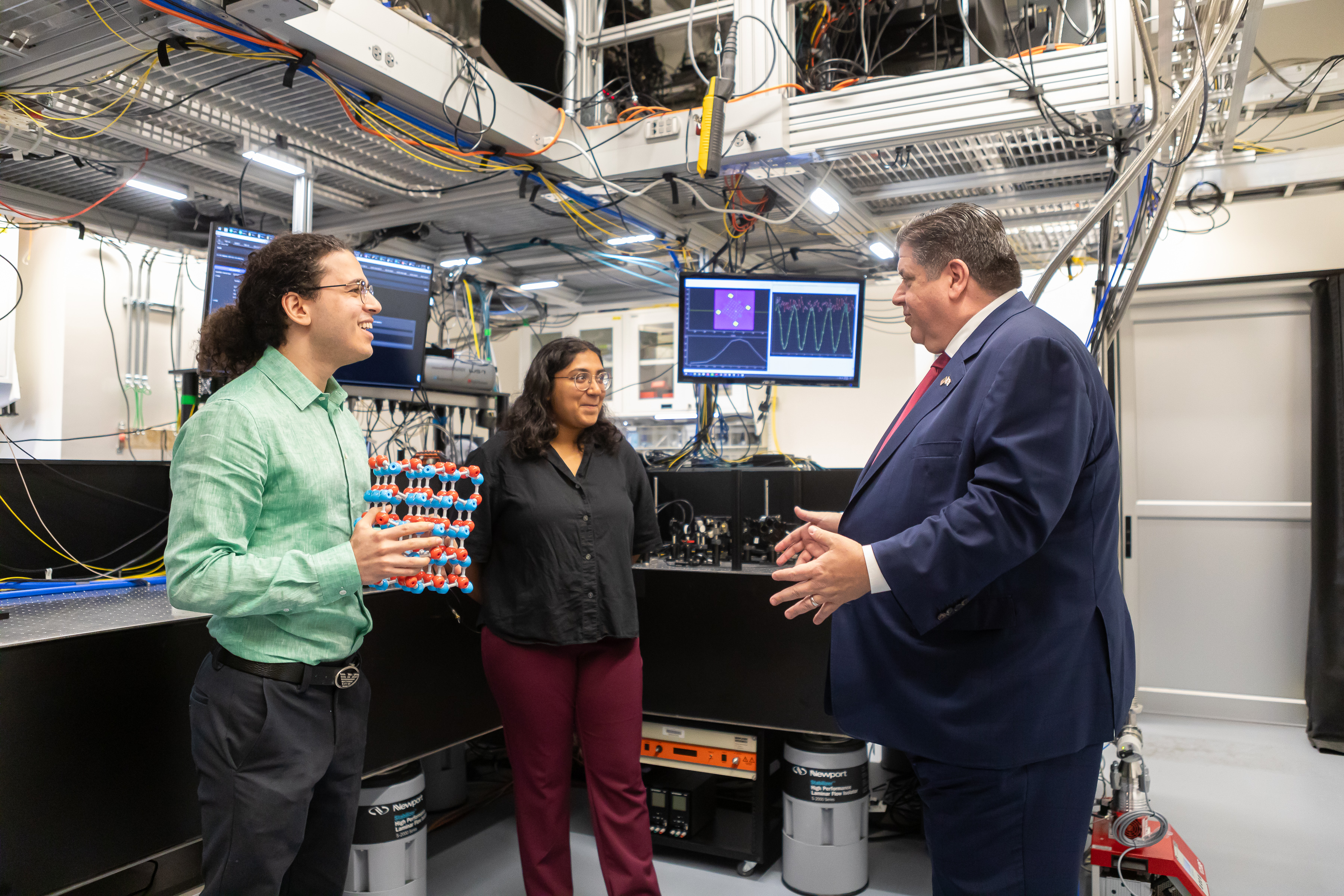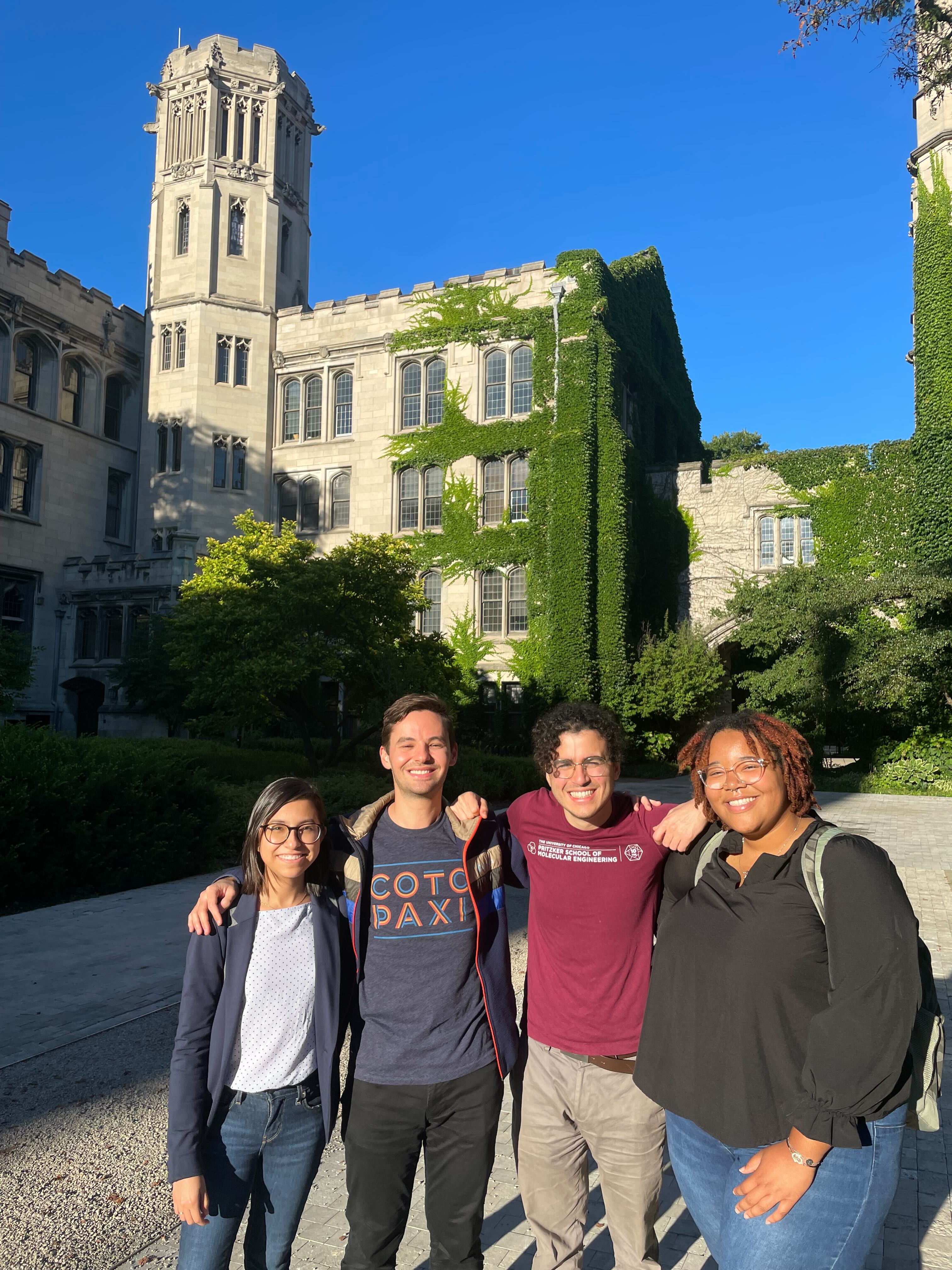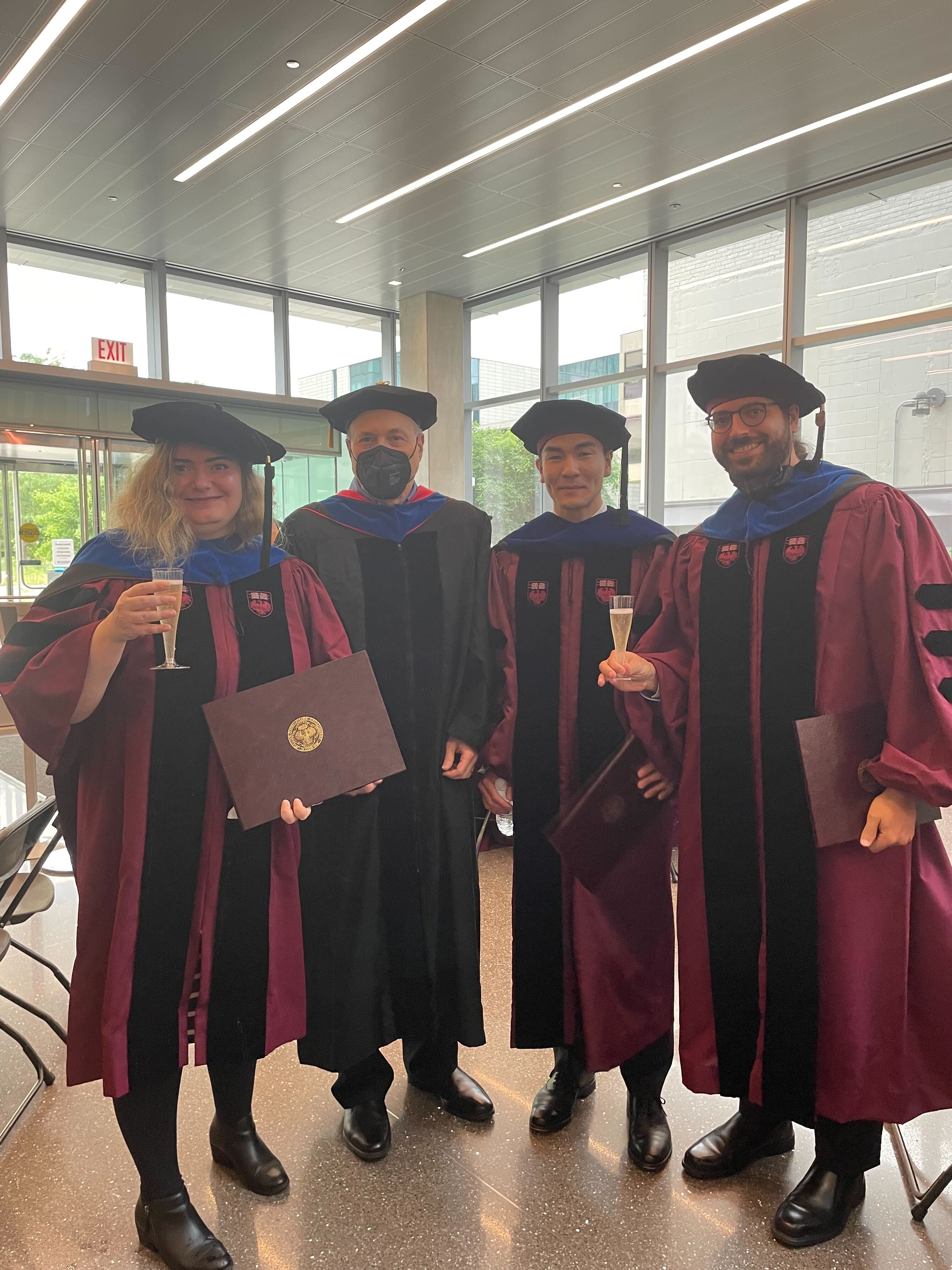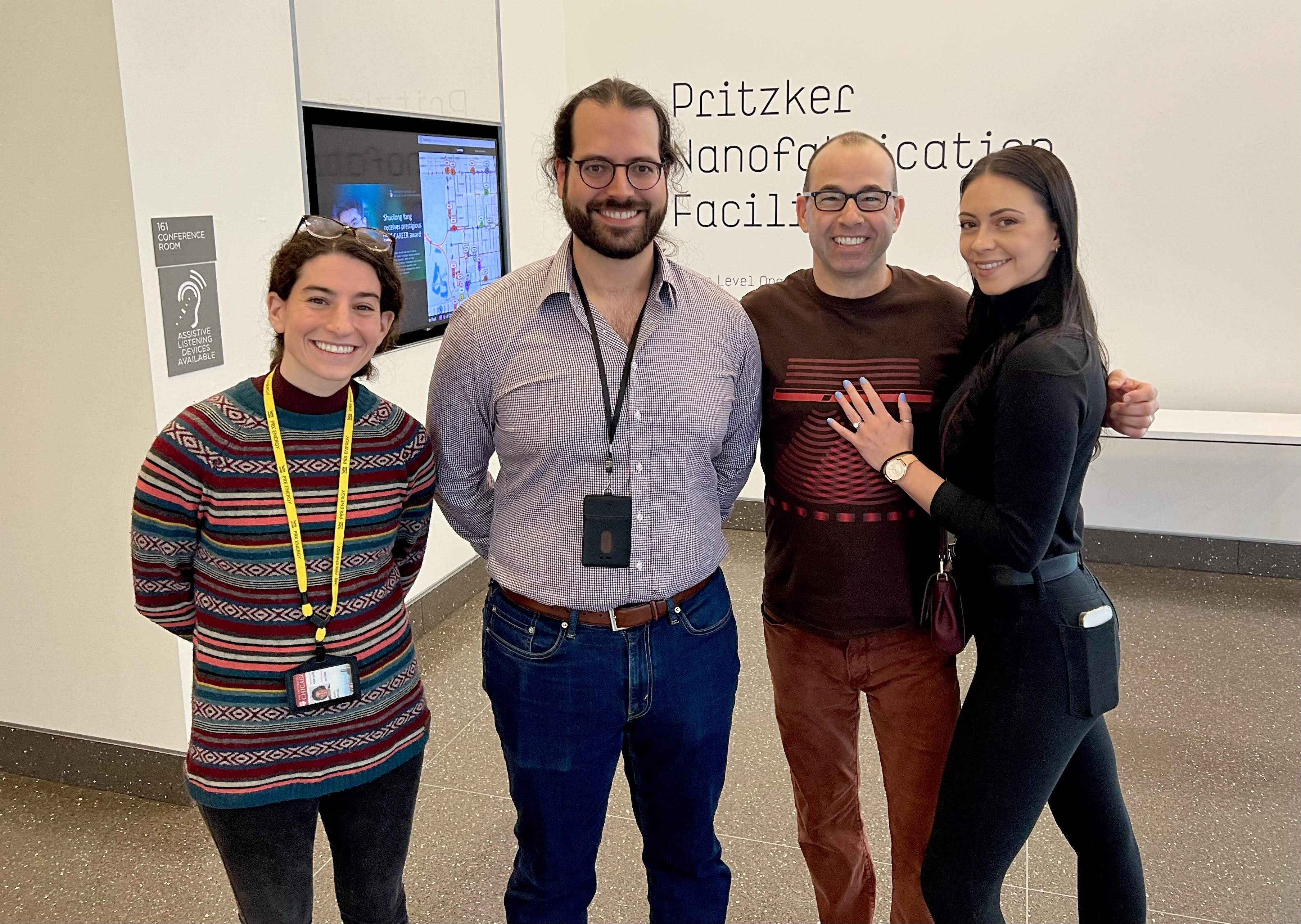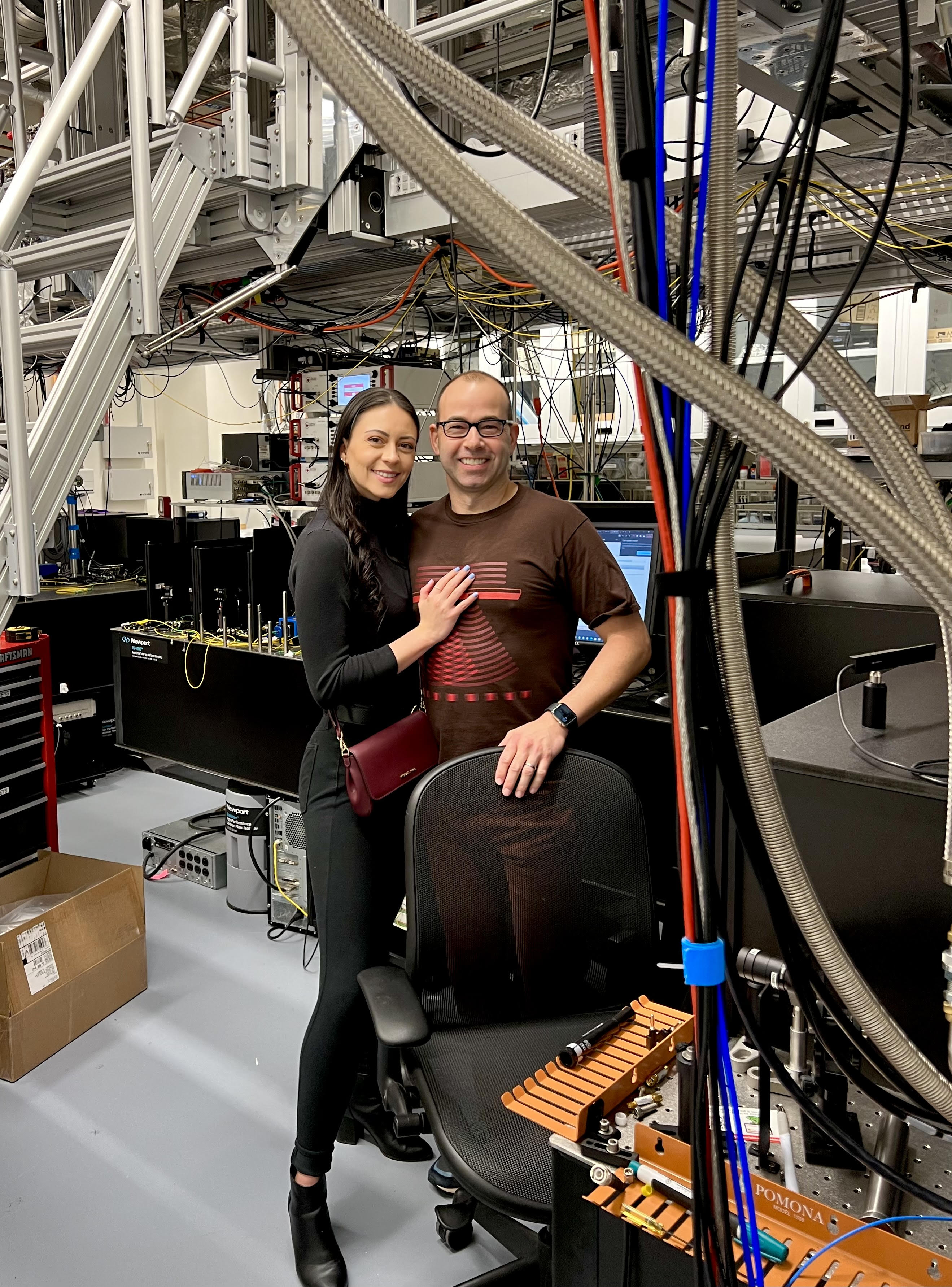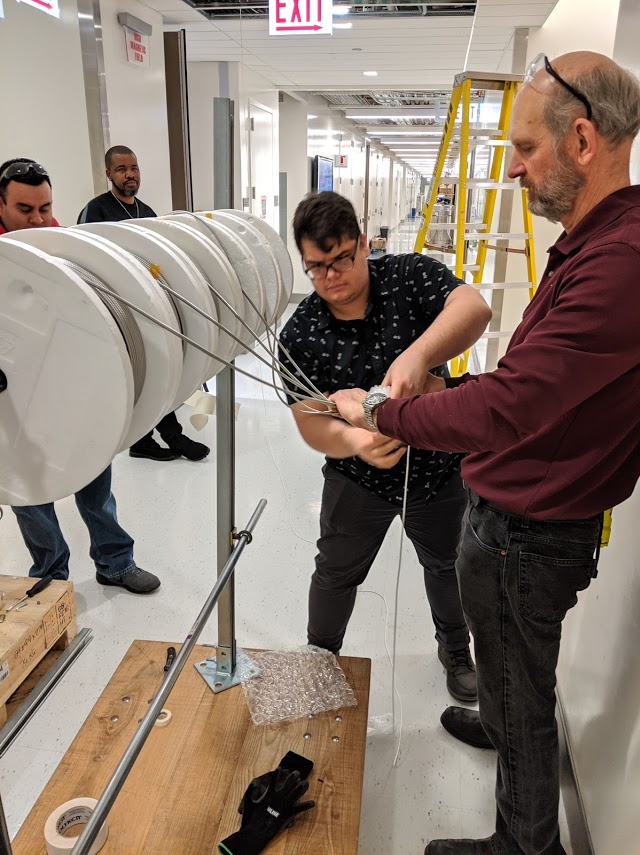Our group research focuses on optical, electronic, and magnetic interactions in solid state quantum structures, spin dynamics and coherence in condensed matter systems (“spintronics”), and implementations of quantum computing, communication and sensing with semiconductors and molecules.
Watch Professor Awschalom talk about quantum science as part of TEDxChicago: The Future is Human.
Listen to Professor Awschalom discuss the future of quantum science and engineering in Chicago on the Physics World Weekly podcast in 2025, as well as on the Big Brains podcast in 2022.
Principal Investigator
Spin Dynamics and Quantum Information Processing in Semiconductors and Molecules
Our group is primarily concerned with understanding electron and nuclear spin dynamics in semiconductors and molecules as well as engineering quantum states for information processing and sensing applications. Our experimental program combines quantum optics with electron-spin resonance, materials engineering, and nanofabrication. We are focused on developing experimental tools and uncovering new systems that could expand the technological impact of quantum coherence in emerging material systems. Certain point defects in semiconductors, such as the nitrogen vacancy center in diamond or the neutral divacancy in silicon carbide, exhibit long-lived spin coherence that persist up to room temperature. The ability to design individual quantum states and their hosts with the power of chemical synthesis offers new opportunities for the field, spanning quantum sensing, communication, and computing. Harnessing these spin states as atomic-scale probes of electromagnetic fields promises to lead to nanoscale nuclear magnetic resonance, new tools for bio-sensing, and a better understanding of semiconductor electronics.
To read more about our studies, explore the links below:
Quantum Information Processing in Diamond
The fundamental quantum-mechanical nature of spin makes it an ideal candidate for use as a quantum bit, the basic unit of information in a quantum computing architecture. Individual spins may be initialized, coherently controlled, and read out using a variety of optical and electronic techniques. In particular, point defects in crystals have many analogous properties to atoms trapped in vacuum, including localized electronic states and sharp optical and spin transitions. In certain defects, electronic spin states are insulated from lattice dynamics, leading to long quantum coherence times that persist even up to room temperature.
Spin Control in Silicon Carbide and Other Materials
We are exploring defects in a variety of wide-bandgap materials, such as the divacancy in silicon carbide (SiC). We investigate these defects for both fundamental and applied studies of quantum information processing as well as for developing hybrid quantum systems and nanoscale sensing.
Image courtesy of Daniel Laorenza, Freedman Group (MIT)
Creating and Controlling Molecular Spin Qubits
In addition to having coherence times of up to 10 μs and a spin-photon interface, optically addressable molecular spin qubits have the potential to be tunable, modular and scalable. We leverage chemical synthesis methods for bottom-up design of these molecular qubits. We have demonstrated optical addressability of the spin-1 ground-state of a chromium (IV) molecular complex, shown enhancement of the coherence of the chromium spin qubit through host matrix engineering, and shown the tunability of the spin properties of this class of molecules through ligand field modification. We continue to explore structure-function relationships of novel molecular qubits with potential applications in quantum sensing, communication, and computing.
-
Nolan Bitner
Graduate Student (co-advised by F. Joseph Heremans) -
Will Burke
Graduate Student -
Swathi Chandrika
Graduate Student -
Prerna Chauhan
Graduate Student -
Sanskriti Chitransh
Graduate Student -
Nazar Delegan
Assistant Staff Scientist, Argonne National Laboratory -
Chris Egerstrom
Graduate Student (co-advised by F. Joseph Heremans) -
S. Carin Gavin
Postdoctoral Scholar, Argonne National Laboratory -
F. Joseph Heremans
Staff Scientist, Argonne National Laboratory; UChicago CASE scientist -
Bethel Kifle
Graduate Student (co-advised by F. Joseph Heremans) -
Sagar Kumar Seth
Graduate Student (co-advised by Supratik Guha) -
Jonathan Marcks
Assistant Staff Scientist, Argonne National Laboratory -
Marquis McMillan
Graduate Student
-
Noah Mendelson
CQE/IBM Postdoctoral Fellow -
José A. Méndez Méndez
Graduate Student -
Benjamin Pingault
Assistant Staff Scientist, Argonne National Laboratory -
Charlotte Quintanar
Undergraduate Student -
Grant Smith
Graduate Student -
Michael Solomon
Graduate Student -
Yeghishe Tsaturyan
Postdoctoral Scholar -
Chris Wang
Postdoctoral Scholar -
Chloe Washabaugh
Graduate Student -
Leah Weiss
Postdoctoral Scholar -
Rahaf Youssef
Graduate Student -
Cyrus Zeledon
Postdoctoral Scholar -
Jiefei Zhang
Assistant Staff Scientist, Argonne National Laboratory
Challenges and opportunities for quantum information hardware
D. D. Awschalom, H. Bernien, R. Hanson, W. D. Oliver, J. Vučković. Challenges and opportunities for quantum information hardware. 2025. Science. 10.1126/science.adz8659
High-throughput spin-bath characterization of spin defects in semiconductors
A. N. Poteshman, M. Onizhuk, C. Egerstrom, D. P. Mark, D. D. Awschalom, F. J. Heremans, G. Galli. High-throughput spin-bath characterization of spin defects in semiconductors. 2025. Physical Review Applied. 10.1103/p57x-8kk7
A high-resolution molecular spin-photon interface at telecommunication wavelengths
L. R. Weiss, G. T. Smith, R. A. Murphy, B. Golesorkhi, J. A. Méndez Méndez, P. Patel, J. Niklas, O. G. Poluektov, J. R. Long, D. D. Awschalom. A high-resolution molecular spin-photon interface at telecommunication wavelengths. 2025. Science. 10.1126/science.ady8677
A fluorescent-protein spin qubit
J.S. Feder, B. S. Soloway, S. Verma, Z. Z. Geng, S. Wang, B. Kifle, E. G. Riendeau, Y. Tsaturyan, L. R. Weiss, M. Xie, J. Huang, A. Esser-Kahn, L. Gagliardi, D. D. Awschalom, P. C. Maurer. A fluorescent-protein spin qubit. 2025. Nature. 10.1038/s41586-025-09417-w
Microstructural and preliminary optical and microwave characterization of erbium doped CaMoO4 thin films
I. Masiulionis, B. Y.X. Lin, S. Kumar Seth, G. D. Grant, W. L. Lindquist, S. Kim, J. Kim, A. Yanguas-Gil, J. W. Elam, J. Zhang, J. M. LeBeau, D. D. Awschalom, S. Guha. Microstructural and preliminary optical and microwave characterization of erbium doped CaMoO4 thin films. 2025. arXiv:2508.15122
Spin decoherence dynamics of Er3+ in CeO2 film
S. K. Seth, J. Nagura, V. Somjit, A. Bapat, X. Li, G. D. Grant, I. Masiulionis, X. Han, F. J. Heremans, G. Galli, D. D. Awschalom, S. Guha, J. Zhang. Spin decoherence dynamics of Er3+ in CeO2 film. 2025. arXiv:2508.12429
First-Principles Framework for the Prediction of Intersystem Crossing Rates in Spin Defects: The Role of Electron Correlation
Y. Jin, J. Park, M. M. McMillan, D. D. Ohm, C. Barnes, B. Pingault, C. Egerstrom, B. Huang, M. Govoni, F. J. Heremans, D. D. Awschalom, G. Galli. First-Principles Framework for the Prediction of Intersystem Crossing Rates in Spin Defects: The Role of Electron Correlation. 2025. Physical Review Letters. 10.1103/nw3r-zy8q
High-throughput spin-bath characterization of spin-defects in semiconductors
A. N. Poteshman, M. Onizhuk, C. Egerstrom, D. P. Mark, D. D. Awschalom, F. J. Heremans, G. Galli. High-throughput spin-bath characterization of spin-defects in semiconductors. 2025. arXiv:2506.19259
Emergent anisotropic three-phase order in critically doped superconducting diamond films
J. Dwivedi, J. Morris, S. Islam, K. D. Halanayake, G. A. Vazquez-Lizardi, D. Snyder, A. Richardella, L. Lyle, D. R. Hickey, N. Delegan, F. J. Heremans, D. D. Awschalom, N. Samarth. Emergent anisotropic three-phase order in critically doped superconducting diamond films. 2025. arXiv:2506.09925
Nuclear Spin Engineering for Quantum Information Science
J. C. Marcks, B. Pingault, J. Zhang, C. Zeledon, F. J. Heremans, D. D. Awschalom. Nuclear Spin Engineering for Quantum Information Science. 2025. J. Mater. Res. 10.1557/s43578-025-01602-x
| Name | Institution |
| Paul Alivisatos | University of Chicago |
| Dimitri Basov | University of California, San Diego |
| Guido Burkard | University of Konstanz |
| Andrew Cleland | University of Chicago |
| David DiVincenzo | RWTH Aachen |
| Viatcheslav Dobrovitski | Ames Laboratory and Iowa State University |
| Philip Feng | Case Western Reserve University |
| Michael Flatté | University of Iowa |
| Danna Freedman | Massachusetts Institute of Technology |
| Adam Gali | Budapest University of Technology and Economics |
| Ronald Hanson | TU Delft |
| Mark Hersam | Northwestern University |
| Evelyn Hu | Harvard University |
| Ania Bleszynski Jayich | University of California, Santa Barbara |
| H. Jeff Kimble | California Institute of Technology |
| Jeremy Levy | University of Pittsburgh |
| Jeff Long | University of California, Berkeley |
| Daniel Loss | University of Basel |
| Roberto Myers | The Ohio State University |
| Hideo Ohno | Tohoku University |
| Joe Orenstein | University of California, Berkeley |
| Oskar Painter | California Institute of Technology |
| Chris Palmstrøm | University of California, Santa Barbara |
| Peter Rakich | Yale University |
| Dan Rugar | IBM Almaden Research Center |
| Nitin Samarth | Pennsylvania State University |
| Thomas Schenkel | Lawrence Berkeley National Laboratory |
| Darrell Schlom | Cornell University |
| David Schuster | University of Chicago |
| Chris van de Walle | University of California, Santa Barbara |
| Stephan von Molnar | Florida State University |
| Jelena Vuckovic | Stanford University |
| Ali Yazdani | Princeton University |
-
Angela Abongwa
Undergraduate Student Alumni -
Jonghoon Ahn
Postdoctoral Alumni, Argonne National Laboratory -
Benjamín Alemán
Postdoctoral Alumni; Department of Physics, University of Oregon -
Chris Anderson
Postdoctoral and Graduate Student Alumnus; Department of Materials Science & Engineering, University of Illinois Urbana-Champaign -
Paolo Andrich
Graduate Student Alumni; HAL24K -
Corrie Barnes
Undergraduate Student Alumni; Stanford University -
Lee Bassett
Postdoctoral Alumni; Department of Electrical and Systems Engineering, University of Pennsylvania -
Jeremy Baumberg
Postdoctoral Alumni; Hitachi Cambridge Research Center -
Sam Bayliss
Postdoctoral alumnus; Electronics and Nanoscale Division of the James Watt School of Engineering, University of Glasgow -
Jesse Berezovsky
Graduate Student Alumni; Department of Physics, Case Western Reserve University -
Bernd Beschoten
Postdoctoral Alumni; RWTH Aachen, Germany -
Joseph Blanton
Graduate Student Alumni -
Joerg Bochmann
Postdoctoral Alumni; TRUMPF Lasertechnik -
Alexandre Bourassa
Graduate Student Alumnus; Google, Santa Barbara, CA -
Hope Bretscher
Undergraduate Student Alumni; Department of Physics, University of Cambridge -
Bob Buckley
Graduate Student Alumni Freedom Photonics, Santa Barbara, California -
Greg Calusine
Graduate Student Alumni MIT Lincoln Laboratory -
Darius Choksy
Undergraduate Student Alumni; Department of Physics, UC San Diego -
David Christle
Graduate Student Alumni LinkedIn Corporation, Mountain View, California -
Agnetta Cleland
Undergraduate Student Alumni; Department of Applied Physics, Stanford University -
Alex Crook
Graduate Student Alumnus; Google, Santa Barbara, CA -
Scott Crooker
Graduate Student Alumni; Los Alamos National Laboratory / NHMFL -
Paul Crowell
Postdoctoral Alumni; Department of Physics, University of Minnesota -
Charles de las Casas
Graduate Student Alumni Integra Credit -
Pratiti Deb
Graduate Student Alumnus; Department of Physics, Yale University -
Ryan Epstein
Graduate Student Alumni; Northrop Grumman Corporation -
Abram Falk
Postdoctoral Alumni; IBM Watson Research Center -
Jacob Feder
Graduate Student Alumni (co-advised by Peter Maurer); Triplet Imaging -
Mark Field
Postdoctoral Alumni; Symyx Corporation -
Mark R. Freeman
Postdoctoral Alumni; Department of Physics, University of Alberta -
Dan Fuchs
Postdoctoral Alumni; Lucent Laboratories -
Greg Fuchs
Postdoctoral Alumni; Department of Applied and Engineering Physics, Cornell University -
Masaya Fukami
Postdoctoral and Graduate Student Alumnus; PsiQuantum, Palo Alto, CA -
Sai Ghosh
Postdoctoral Alumni; Department of Physics, UC Merced -
Savas Gider
Graduate Student Alumni; Apple Inc. -
Elena Glen
Graduate Student Alumnus; EeroQ Quantum Hardware -
Jay Gupta
Graduate Student Alumni; Department of Physics, The Ohio State University -
Oliver Gywat
Postdoctoral Alumni; Credit Suisse, Zurich -
Michael Haas
Undergraduate Student Alumni; Department of Applied Physics, Harvard University -
Ronald Hanson
Postdoctoral Alumni; Department of Physics, Delft University of Technology -
Jack Harris
Graduate Student Alumni; Department of Physics, Yale University -
Alex Holleitner
Postdoctoral Alumni; Walter Schottky Institute, TMU -
Viva Horowitz
Graduate Student Alumni; Department of Physics, Hamilton College -
Paul Jerger
Graduate Student Alumnus; Materials & Microsystems Laboratory, HRL Laboratories -
Ezekiel Johnston-Halperin
Graduate Student Alumni; Department of Physics, The Ohio State University -
Yuichiro Kato
Graduate Student Alumni; Department of Applied Physics, University of Tokyo -
Roland Kawakami
Postdoctoral Alumni; Department of Physics, The Ohio State University -
Jay Kikkawa
Graduate Student Alumni; Postdoctoral Alumni; Department of Physics, University of Pennsylvania -
Paul Klimov
Graduate Student Alumni; Google, Santa Barbara, California -
Rob Knobel
Postdoctoral Alumni; Department of Physics, Queen's University -
Hadrian Knotz
Graduate Student Alumni; Senior Systems Architect, Solver, Inc. -
William Koehl
Graduate Student Alumni; Quantum Computing Research, Northrop Grumman Corporation
-
Berk Diler Kovos
Postdoctoral and Graduate Student Alumnus; Quantum Machines -
Wayne Lau
Postdoctoral Alumni; EPIR Technologies Inc. -
Hope Lee
Undergraduate Student Alumni; Department of Applied Physics, Stanford University -
Seung Hwan Lee
Undergraduate Student Alumni; Department of Physics, Harvard University -
Jeremy Levy
Postdoctoral Alumni; Department of Physics, University of Pittsburgh -
Yongqing Li
Postdoctoral Alumni; Max Planck Institute, Stuttgart -
Shawn Mack
Graduate Student Alumni; Naval Research Laboratory -
Brian Maertz
Graduate Student Alumni; Freedom Photonics, Santa Barbara, California -
Irina Malajovich
Graduate Student Alumni; Dupont Research, DE -
Florian Meier
Postdoctoral Alumni; Patent law -
Ines Meinel
Postdoctoral Alumni; Dupont Displays -
Felix Mendoza
Graduate Student Alumni; TILL I.D. GmbH, Munich, Germany -
Kevin Miao
Graduate Student Alumni; Google, Santa Barbara, CA -
Maiken Mikkelsen
Graduate Student Alumni; Department of Electrical and Computer Engineering, Duke University -
Peter Mintun
Graduate Student Alumnus; Arch Ventures -
Roberto Myers
Graduate Student Alumni; Postdoctoral Alumni; Department of Materials Science and Engineering, The Ohio State University -
Vladimir Nikitin
Graduate Student Alumni; Samsung Semiconductor Inc. -
Mark Nowakowski
Graduate Student Alumni; Boeing Research and Technology, California -
Kenichi Ohno
Graduate Student Alumni; Applied Materials, Santa Clara, California -
Min Ouyang
Postdoctoral Alumni; Department of Physics, University of Maryland -
Ananya Pillutla
Undergraduate Student Alumni; Marshall, Gerstein & Borun, Chicago, Illinois -
Martino Poggio
Graduate Student Alumni; Department of Physics, University of Basel -
Alberto Politi
Postdoctoral Alumni; Department of Physics, University of Southampton -
Mouktik Raha
Postdoctoral Alumnus; AWS Center for Quantum Networking -
Mark B. Ritter
Postdoctoral Alumni; IBM Watson Research Center -
Gian Salis
Postdoctoral Alumni; IBM Zurich Research Laboratory -
Jing Shi
Postdoctoral Alumni; Department of Physics, UC Riverside -
Vanessa Sih
Graduate Student Alumni; Department of Physics, University of Michigan -
Joseph Smyth
Postdoctoral Alumni; IBM Almaden Research Center -
Benjamin Soloway
Graduate Student Alumni; IBM -
Geoff Steeves
Postdoctoral Alumni; Department of Physics, University of Victoria -
Jason Stephens
Graduate Student Alumni; Postdoctoral Alumni; Thinsilicon Corporation -
Nate Stern
Graduate Student Alumni Department of Physics and Astronomy, Northwestern University -
David Steuerman
Postdoctoral Alumni; CNA Corporation -
Sean Sullivan
Argonne-Affiliated Postdoctoral Alumnus; memQ Inc. -
Ashish Thapliyal
Graduate Student Alumni; Department of Computer Science, UC Berkeley -
David Toyli
Graduate Student Alumni IBM Watson Research Center -
David Tulchinsky
Graduate Student Alumni; Naval Research Laboratory -
Joost van Bree
Postdoctoral Alumni; Advanced Semiconductor Materials International (ASML) -
Erzsebet Vincent
Graduate Student Alumna -
James Warnock
Postdoctoral Alumni; IBM Watson Research Center -
Maya Watts
GEM Fellow Alumni; Department of Physics, Northwestern University -
Marie Wesson
Undergraduate Student Alumni; Department of Applied Physics, Harvard University -
Samuel Whiteley
Graduate Student Alumni; HRL Laboratories, LLC -
Christina Wicker
Graduate Student Alumni -
Gary Wolfowicz
Postdoctoral and Assistant Staff Scientist Alumnus; Photonic Inc -
Xu Xiao
Undergraduate Student Alumni; Department of Physics, Yale University -
Christopher Yale
Graduate Student Alumni Sandia National Laboratory -
Andrew Yeats
Graduate Student Alumni Naval Research Laboratory -
Darron Young
Graduate Student Alumni; Intel Corporation -
Brian Zhou
Postdoctoral Alumni; Department of Physics, Boston College -
Yizhi Zhu
Graduate Student Alumni (co-advised by Giulia Galli)






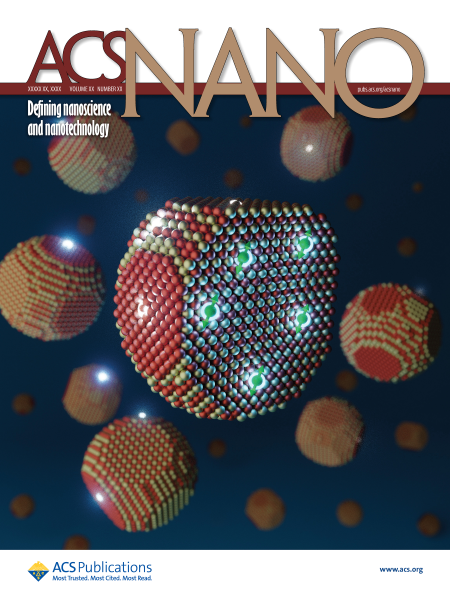
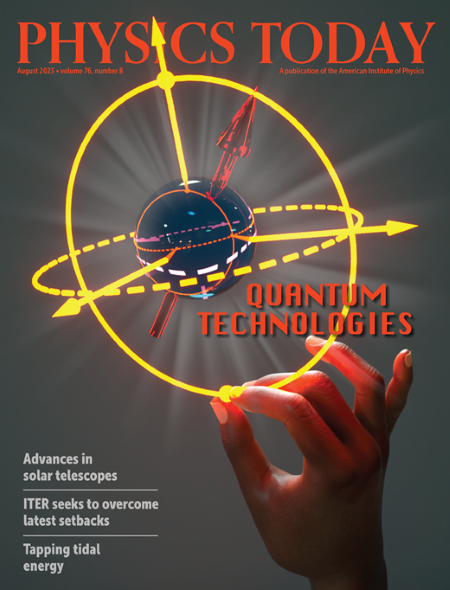
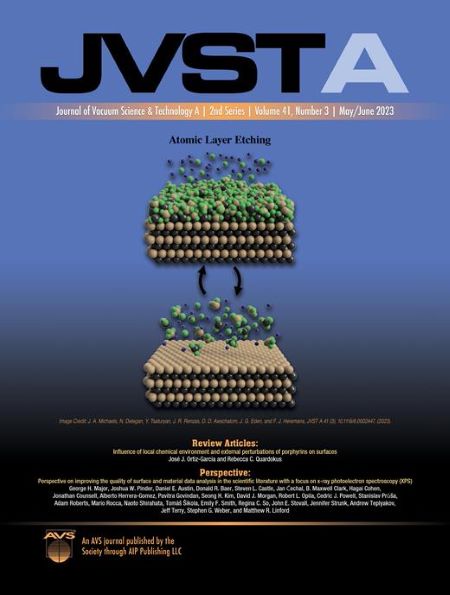
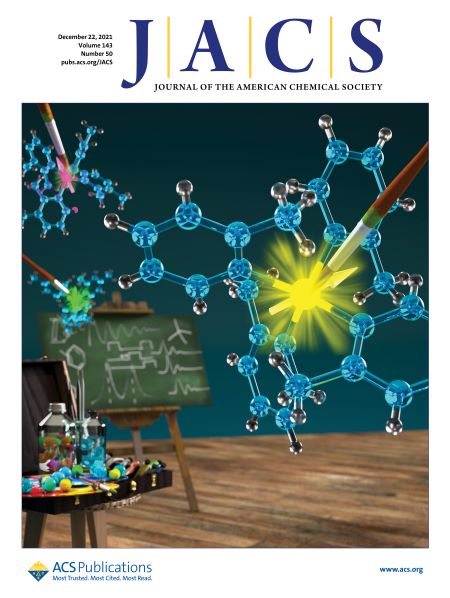

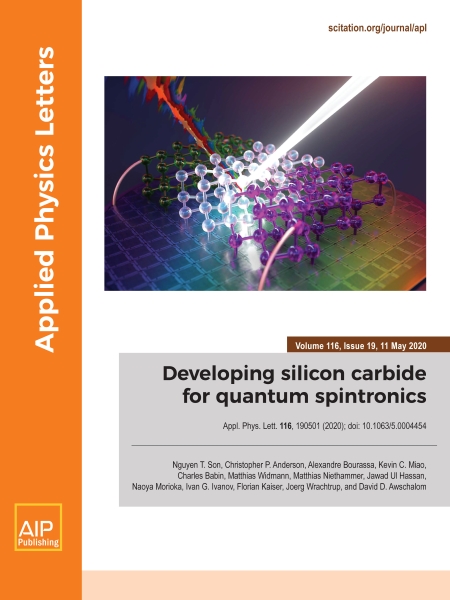
-resize.png)
